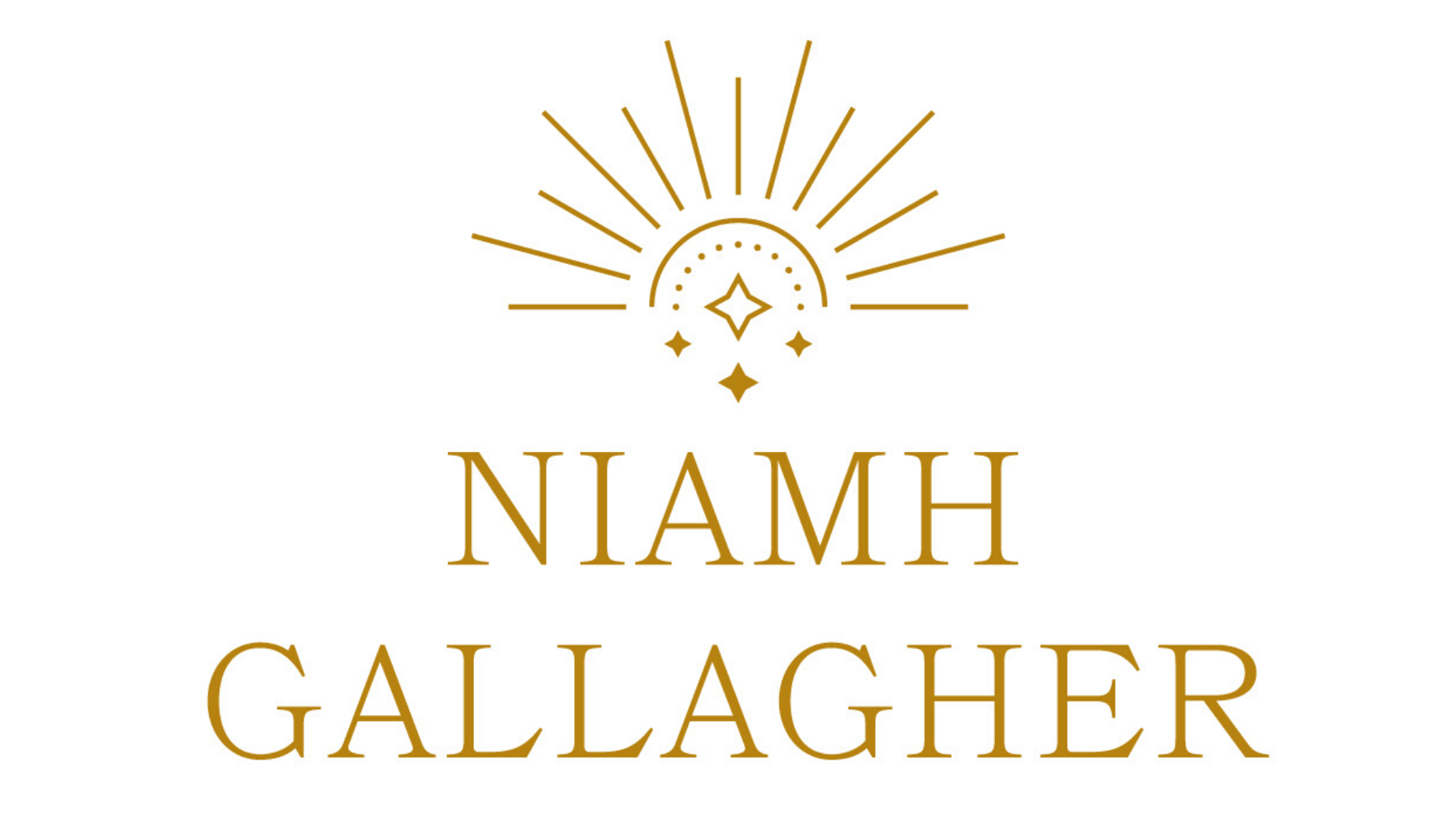Don’t you sometimes get tired of how our culture celebrates perfection? It’s exhausting!
And not just any kind of perfection, but a very specific, tightly controlled version of an ideal.
Youth, we are told, is the perfect state. An unlined face, an unscarred body. An attitude of optimism, of innocence, of freshness. Youth is unblemished by life.
And so, in order to be accepted and approved of by others, we are told we must do everything in our power to hide any ‘blemishes’ life may have given us.
We must pretend that our bodies and minds are unetched, unchanged, unbroken.
We must cover our scars. We must use botox and anti-wrinkle cream to pretend the years haven’t touched us. We must do everything we can post-pregnancy to appear as if we have never been through the life-altering experience of giving birth.
When we are feeling desperately sad, lonely or afraid, we must plaster on that smile and put on our ‘everything’s fine’ front. If we’re really stuck, then there’s always any number of drugs to help out.
But what if we railed against this culture and instead celebrated the broken parts of ourselves? Imagine the freedom in living while fully accepting and honouring the wholeness of who we are – warts and all.
Repairing with Gold
Kintsukuroi is the Japanese art of repairing broken pottery using gold. The idea is that the piece is now more beautiful for having been broken.
An expert on Japanese Art describes it thus:
This celebration of brokenness is so beautiful and profound. We cannot escape brokenness – it’s part of what it means to be human. The longer you live, the more cracks you will have. The more scars you will carry.
Why should we pretend there is shame in these cracks? We aren’t meant to be ‘perfect’. We are all meant to be a little bit broken.
Your Brokenness is the Key to Your Beauty
Know that your brokenness is the key to your beauty. Experiences that break us also crack open our hearts. When our hearts are open, they are open to everything – the great sorrows and the breathtaking joys.
If we haven’t suffered we can never know the beauty of joy. If we haven’t lost, we can never know the preciousness of love and connection.
So open to your brokenness. Appreciate it. See your beauty in your scars. They have made you who you are. Fill in those cracks with gold. Fill them in with love and appreciation and huge compassion.
Your offering to the world is all the more beautiful for the cracks. You are more authentic because of your vulnerability. You are more empathetic because of your suffering. You are more you because you have been broken down.
Give thanks for the brokenness. Give yourself love. Allow yourself to feel broken for as long as it takes. Then, bit by bit, pick up each of your broken pieces and gently mend them with gold.
The person I am now is not who I was 20 years ago, but that’s okay. I have a depth to me. A compassion to me. And a beauty to me that I never had when I might have been considered fresher or more unblemished.
There is beauty in the damaged and there is beauty in the mended. It’s all a point of view.
Listen Here – Anthem by Leonard Cohen
I have found reiki to be an important part of my own kintsukuroi. If you would like support with mending your own wounds with gold, I’d be happy to help.





